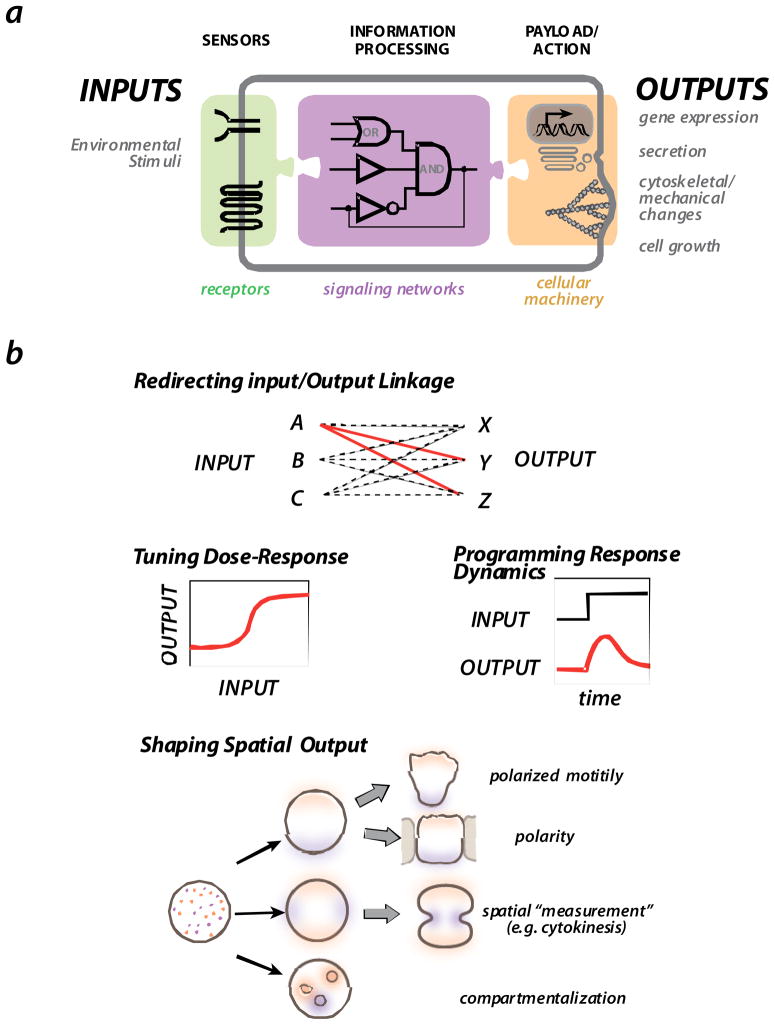FIGURE 1. The general organization and behaviors of cell signaling circuits.
a| Cells generally sense environmental stimuli via receptors and other sensors. This information is then processed by intracellular signaling networks, which in turn engage various cellular outputs, including gene expression, secretion, cytoskeletal changes, and cell growth.
b| Some of the major challenges in the evolution or engineering of novel signaling circuits are: achieving the correct linkage of specific inputs and specific outputs; tuning quantitative behaviors of the signaling response - dose-response and dynamics -- so that they are optimal for the physiological function; and generating robust spatially self-organizing processes, such as those associated with cell polarization, directed motility, cell division, and cell compartmentalization.

